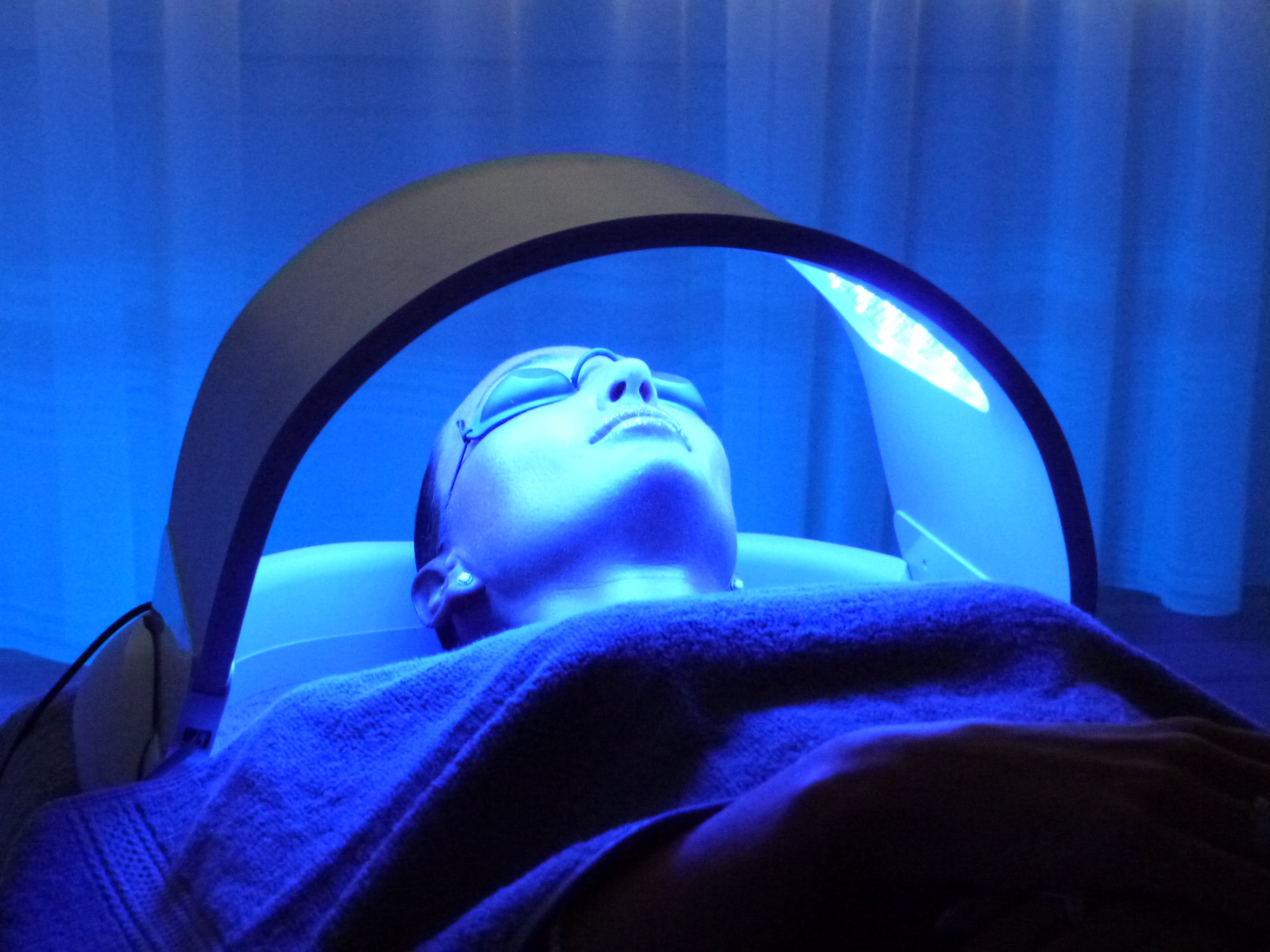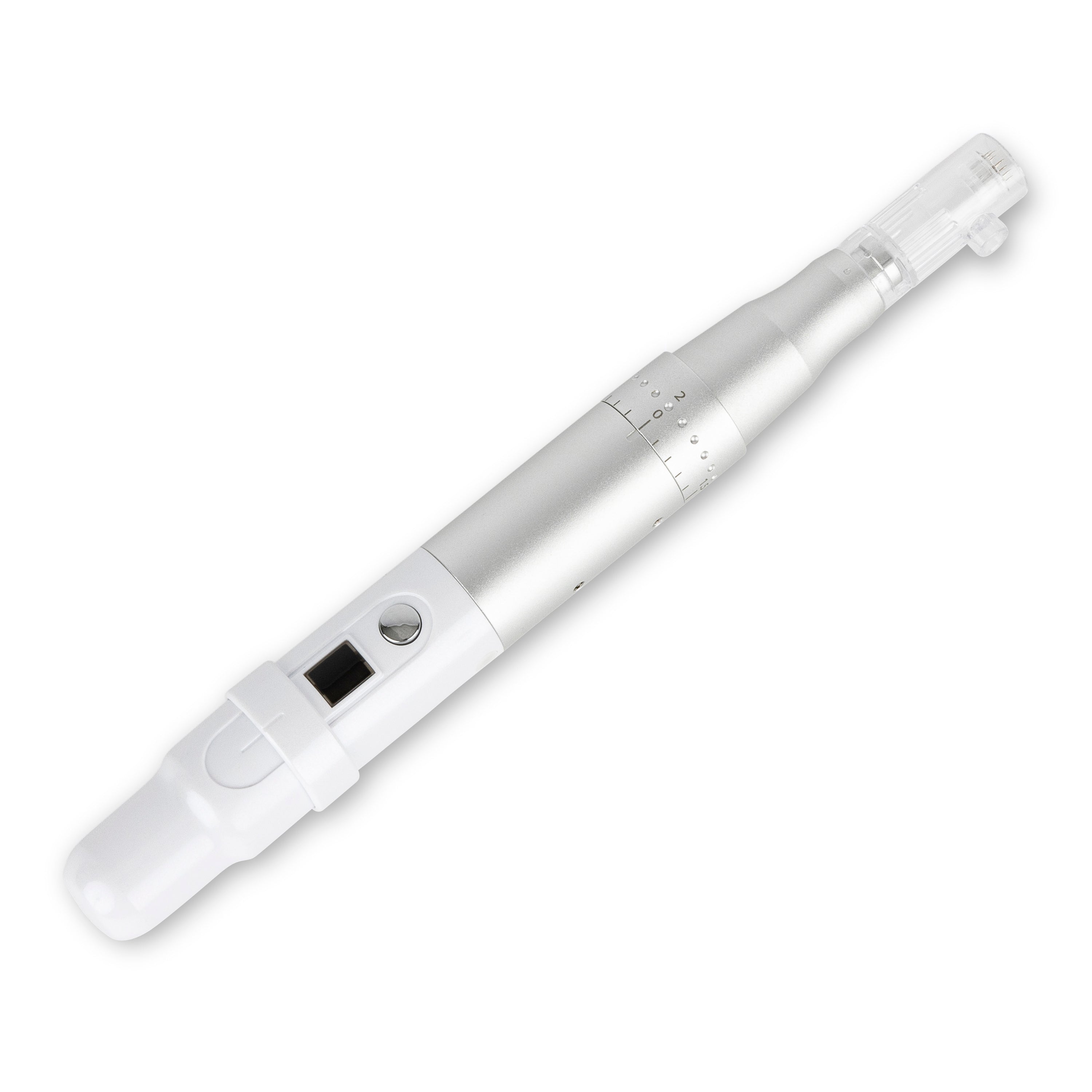







Real People, Unreal Results
Discover the powerful benefits patients are seeing from AnteAGE treatment solutions.

Before

After
For Clarity 1 Treatment


Before

After
For Clarity After 18 Months



Before

After
For Hair Fullness 2 Treatments


Before

After
For Hair Growth 6 Treatments over 6 Months


Before

After
For Hair Growth & Thickness 3 Treatments over 3 Months


Before

After
For Hair Restoration 3 Treatments


Before

After
For Texture 3 Treatments over 4 Months


Before

After
For Healing & Texture 4 Treatments over 3 Months


Before

After
For Hyperpigmentation 2 Treatments over 6 Months


Before

After
For New Hair Growth 1 Treatment over 1 Month


Before

After
For Pigmentation 5 Treatments over 1 Year


Before

After
For Skin Texture 5 Treatments


Before

After
For Wrinkles 3 Treatments over 6 Months

Kristen H. • Elite Aesthetics PDX
"I used to offer my clients the option of adding AnteAGE Growth Factors. After about a year of comparing different cases, I decided to have one set protocol for microneedling. All treatments now include AnteAGE Growth Factor Solution. The difference in results is astounding."
Victoria G. • Victorious Skincare
"It's one of the most comprehensive lines on the market."
Gino • Hair Patient
"As soon as that hair growth started coming from the treatment, I felt a bit more like my young self. Now I'm more confident and feel like a weight has been lifted off my shoulders."
Get Started with AnteAGE
FAQ's
Have questions about driving natural results with AnteAGE? Browse FAQ's or contact us with additional questions.




